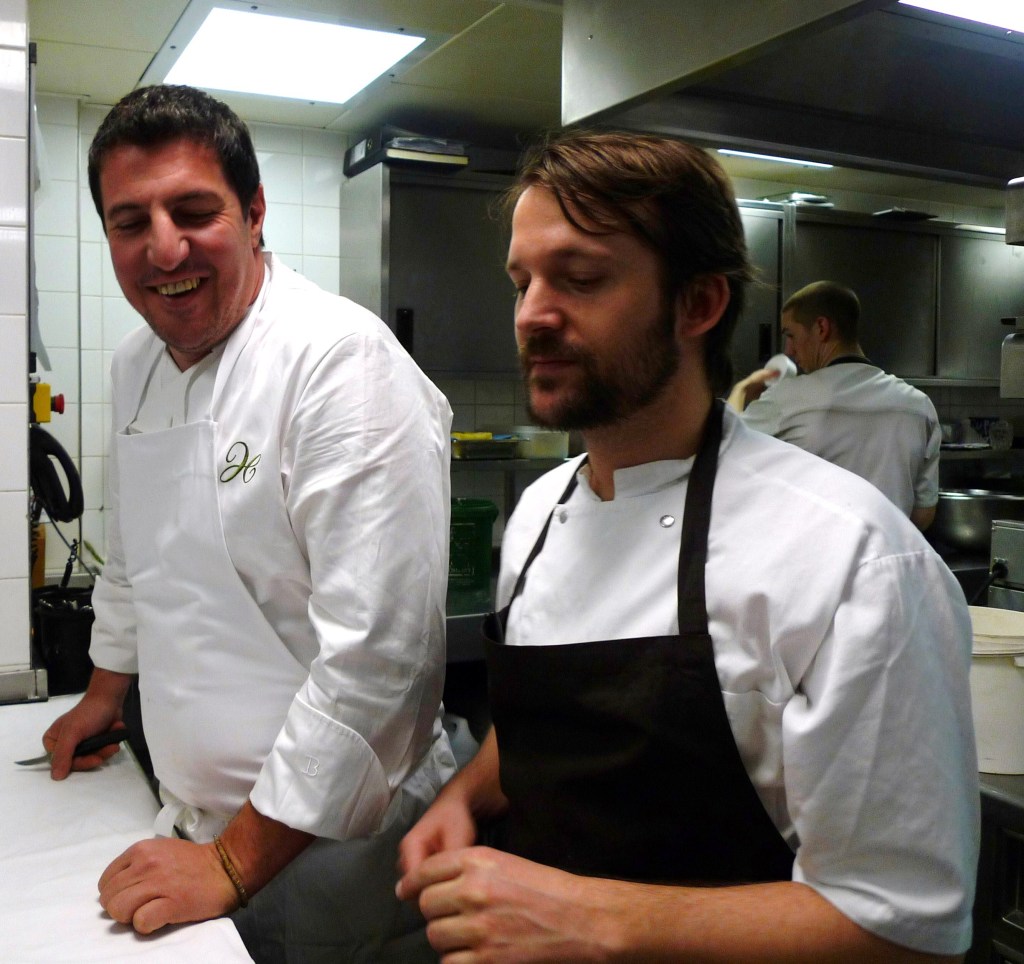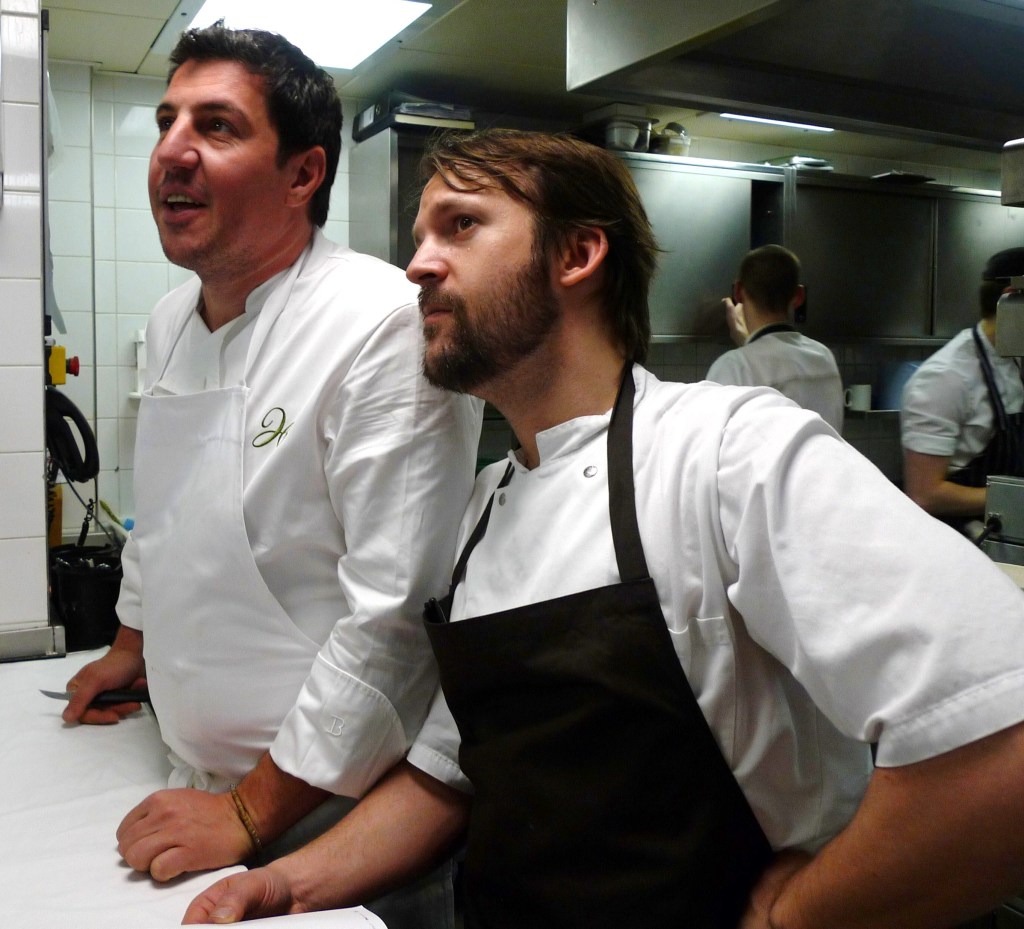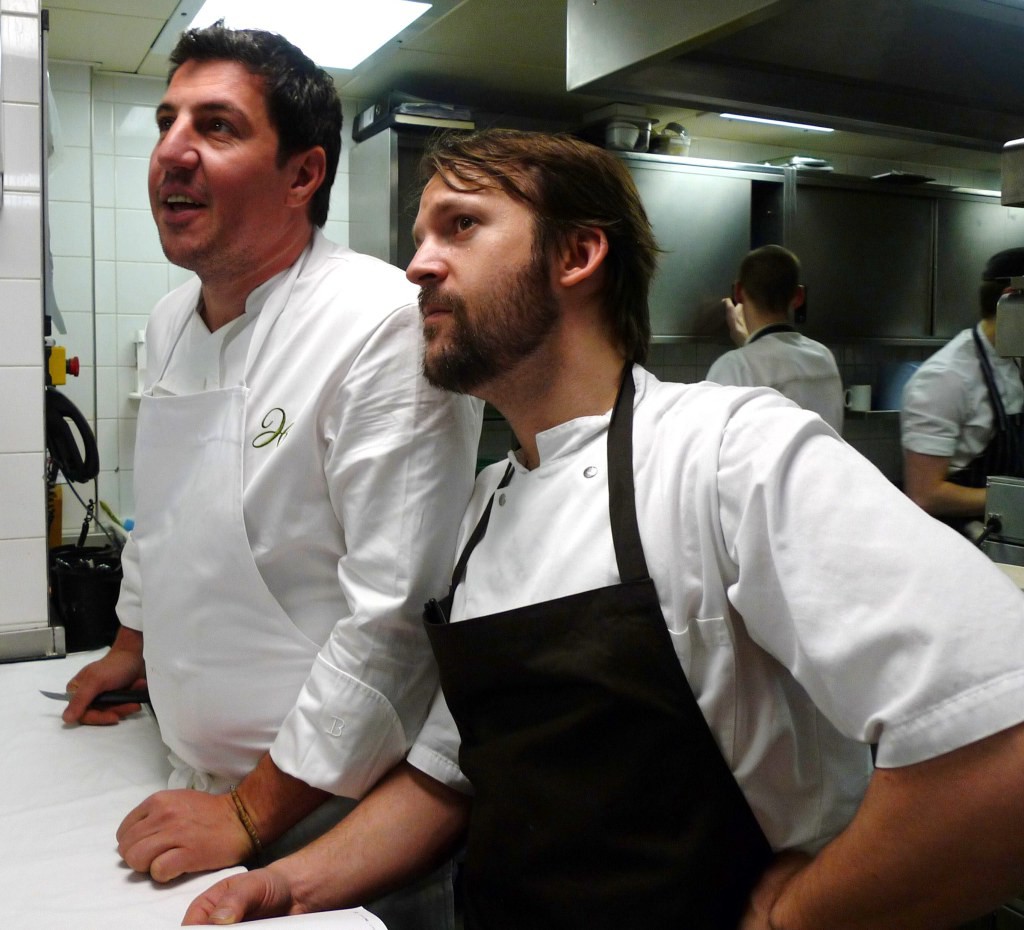

As if you didn’t already know, René Redzepi’s Noma was voted number one at this year’s S.Pellegrino World’s 50 Best Restaurants awards. I was lucky enough to catch up with the triumphant Danish chef for Chef Magazine while he was over for the awards…
What’s the past year been like for you, since topping the ‘50 Best’ list?
It’s been a very hectic year for me. Suddenly we filled up in the restaurant. It’s full for lunch and dinner now, every day, which it wasn’t before. And at the same time, we were putting out a book [Noma: Time and Place in Nordic Cuisine] – which was a coincidence, we’d had it in the making for two years: so that was an extra push. In all honesty it’s been a very exciting year and I’m truly thrilled. I’m happy I get to enjoy this. And I know that what’s happening now will not last forever, so you have to remember to cherish the moment, and despite all the madness,
enjoy it a bit.
Noma’s success has spawned much copycatting in restaurants around the
world. How do feel about people trying to recreate what you’re doing?
I think that Coco Chanel had the best quote ever for this. “Of course I hate it, but I would hate it even more if they didn’t.” [laughs]. I don’t hate it – I honestly don’t – we are in a world where we inspire each other constantly. I’m inspired by chefs as well – it’s natural. What we’re doing is exploring our region, so to speak. We’re exploring the world through our products and our gastronomy and what has inspired people is that we’re doing it in Scandinavia – so we show that you don’t need Mediterranean type-weather, or a rich, 300-year-old cooking culture to break free, it’s just a matter
of determination and exploration. We talk about it once in a while in the kitchen, when people say we’ve been copied. We’re just a restaurant and our world is the 100 square meters of our kitchen, so it’s not something you feel or even know is going on most of the time.
How do you feel about being credited with re-establishing Nordic food culture?
I think it’s a bit bold to say that we’ve re-established our entire eating culture. We don’t have the absolute truth for how cooking should be in our region, we’re just trying. We’ve planted seeds, and let’s see what comes through. It’s looking positive, people are inspired, there’s a movement amongst chefs, purveyors and farmers – it’s all
working towards this exploration of ourselves and the idea that gastronomy is integral. It’s not the person next to you, it’s something that should come from within us, and so people are trying to figure that out. Which is not easy – it’s going to take many, many years.
When did you start discovering what you wanted to do with indigenous ingredients?
I went on a big trip to Greenland and that was truly one of the moments where a lot of things started to add up. It was amazing and I wish these things could happen more to me. There was a big snowstorm and we got stuck at this old American military base for four days. The electricity was American so I couldn’t even charge my computer or anything. The first day I was so bored, but then I started thinking about things, which turned out to be very fruitful. That was an important moment when I asked myself, ‘why am I doing this? Why do I want to work 90 hours a week? Is it for the passion for food, and if it is, what sort of food am I cooking? What do I like about food? What do I want this food to be?’ That was the first moment when I realised that as a restaurant our biggest task is to show our diners where they are in the world and what time of year they’re in. They should experience a moment in nature, that can only happen right there and then. And from that, it really started developing – just from that simple sentence.
What kinds of restaurants do you like to eat in?
I love fine dining. I love eating a personalised cuisine where the chef is trying to define himself through cooking. But I also love the opposite – healthy or tasty, or just a steak. Anything well-made I’ll enjoy. Anywhere that there’s a person who is doing it because that’s what they want to do.
Which chefs have most influenced you?
Oh there have been many. The main one was Philip Houdet, in Denmark at a restaurant called Pierre Andre. He was truly the first chef to inspire me and to push me forward and tell me that I was good at what I was doing, and say that I should pursue it. It’s very important at an early stage to have people that support you and encourage you. If I should mention one mentor, it’s him. Then there are all the people throughout time – like Ferran [Adria] and Heston [Blumethal]. For many years Sat Bains was an inspiration for me. I worked with him in France and he was older than me, and more established in his way of cooking. I remember that I really kept an eye on what he was doing.
What’s next for Noma?
We’re still developing what we’re doing and we’re nowhere near the goal line. The day that we feel we’re at the goal line, that’s the end of the restaurant. Because it’s the process that is interesting, not the end result. I mean, I think there shouldn’t be an end result in a process like this – it’s a matter of constantly developing and challenging yourself. But of course there’s a limit to how long you can keep going.
Do you worry there’s a risk of burning out then?
I don’t worry about it, because I know it’s going to happen. I accepted that a long time ago. I just worry that when it happens, I need to be aware enough to see it, so that I don’t become a cliché or a parody of myself.
How do you relax?
It’s not time to relax now, it’s time to explore and develop. A unique thing has happened to us, and we should build on that energy in many ways. I don’t mean that we’re going to make ourselves rich or anything, but we should do things that build on the gastronomical momentum, so that we all become better in eating food, and teach diners so that restaurants in the future are better off.
First published in Chef Magazine
